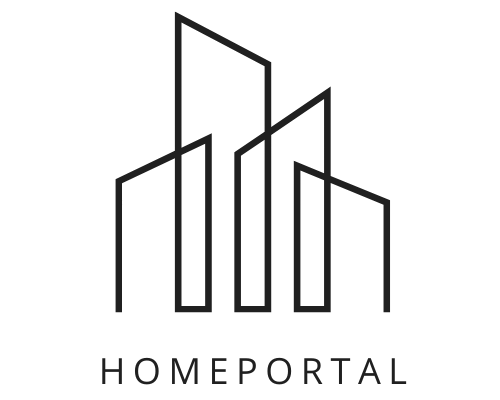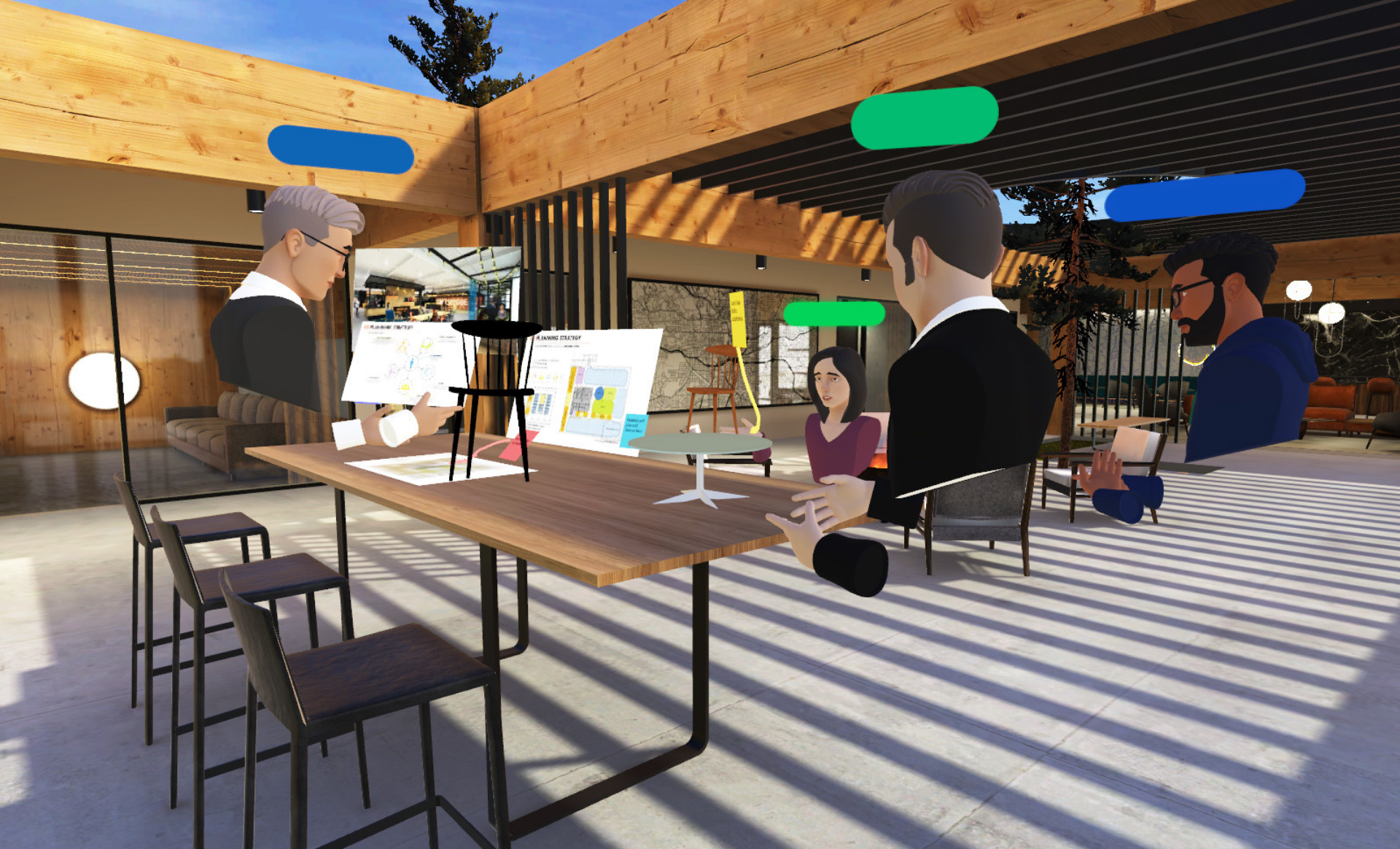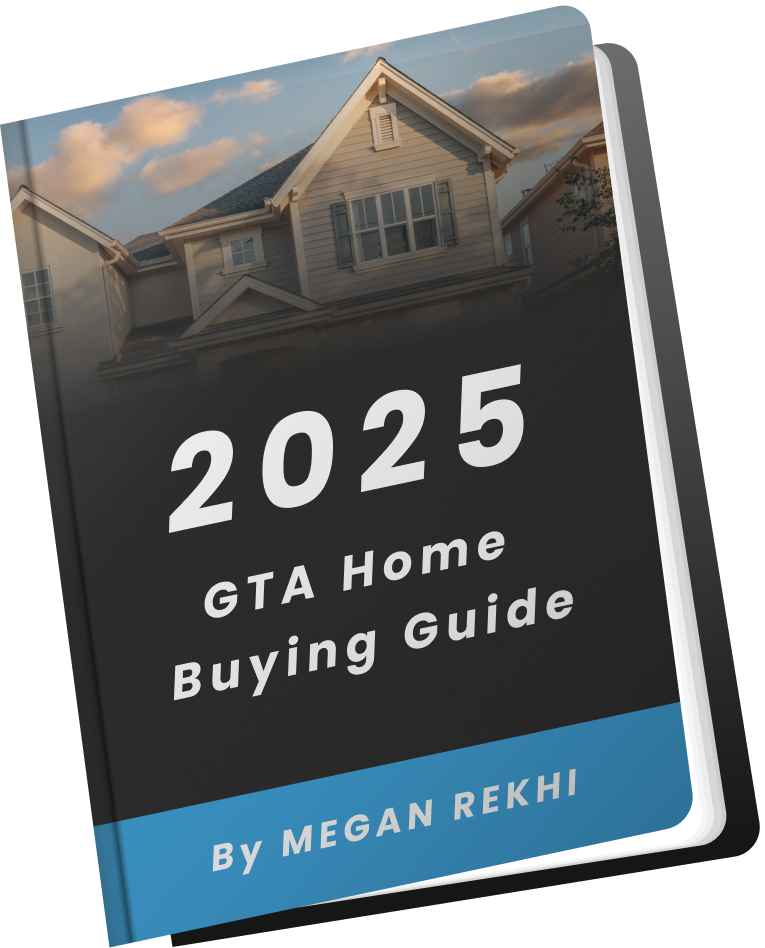
Revolutionizing Interior Design Through the Metaverse
The metaverse, once largely associated with gaming, is now finding practical applications in industries like interior design and homebuilding. For homeowners, designers, and builders, it offers innovative ways to conceptualize and interact with spaces. Platforms like Spatial, Roblox, and Decentraland allow users to experience home designs through avatars, providing an immersive experience accessible via computers or smartphones.
Major brands such as Nike, Disney, Coca-Cola, and Ferrari are leveraging the metaverse to deepen brand awareness and sell products through interactive, immersive experiences. Similarly, the building and design industries are adopting metaverse platforms to communicate and demonstrate design concepts to clients. These platforms foster unique social-spatial relationships, offering homeowners an experience that feels close to physically being in a space, as Leslie Carothers, founder of Savour Partnership, explains.
The metaverse supports two key aspects of the design process. First, it allows for a deeper understanding of spatial relationships within a floor plan or design. Second, it facilitates seamless collaboration among stakeholders, including designers, builders, and homeowners. Additionally, metaverse spaces can integrate links to products featured in a design, offering users the convenience of exploring design options and shopping for materials in one virtual setting.
For those familiar with AI, augmented reality (AR), and virtual reality (VR), the metaverse offers a similar yet distinct experience. Homeowners who have used 3D renderings or virtual tours to view designs will find the metaverse offers an even more interactive and collaborative environment. Interior designer Annilee Waterman highlights that metaverse spaces function like multiplayer video games, where users can explore a 3D model with others in real time. Features such as voice and text chat, screen sharing, and streaming make collaboration more efficient, enabling stakeholders from different locations to participate in design discussions.
One area where metaverse technology currently falls short is in photorealism. While VR models offer highly detailed representations with realistic lighting, shadows, and textures, metaverse spaces tend to have simpler, more “boxy” visuals due to bandwidth limitations. Despite these constraints, the metaverse excels in communicating scale and shape, making it particularly useful for the architectural design and space planning stages. This strength allows homeowners and designers to visualize spatial relationships and layout options collaboratively, even when participants are geographically dispersed.
Unlike traditional virtual tours, metaverse platforms allow multiple users to enter the same space simultaneously as avatars. This interactive group experience fosters a sense of shared presence, enabling collaborative decision-making. For example, family members or other stakeholders, even if located in different cities or countries, can join a virtual meeting, explore a space together, and weigh in on design choices. This is especially valuable for multigenerational families or situations where input from various parties is needed.
While the metaverse cannot replace the tactile experience of touching fabrics or testing furniture, it complements the design process by narrowing down options before moving to the physical showroom phase. This streamlined approach saves time and helps homeowners make more informed decisions. Carothers emphasizes that the metaverse is not a replacement for hands-on experiences but rather an enhancement to the workflow between designers, builders, and clients.
The adoption of metaverse activations is gaining momentum among designers and builders. In 2023, KB Home became the first national builder to launch a metaverse initiative. Partnering with The Metaverse Group, the company introduced a welcome center and three model homes on the Decentraland platform. In this virtual environment, users can create avatars, tour model homes, and explore customizable design options.
The KB Home metaverse experience begins with a visit to the virtual welcome center, where users are greeted by a virtual host providing information about the homes. Visitors can then tour fully furnished and styled model homes, experimenting with different finishes, materials, and design elements such as countertops, cabinets, flooring, lighting, and wall colors. The platform also allows multiple visitors to tour the space simultaneously, interact through chat or voice, and discuss their preferences.
This approach appeals to younger generations, particularly Millennials and Gen Z, who are familiar with gaming and digital experiences. The graphics and interactive nature of the platform resonate with their preferences, making the home-buying process more engaging and aligned with their expectations. KB Home’s metaverse initiative not only simplifies the design process but also reflects a strategic move to attract and connect with tech-savvy homebuyers.
In a statement, KB Home highlighted the potential of the metaverse as a digital tool to inspire and engage consumers. The virtual home community allows visitors to explore various design choices and personalize their vision of a new home. This initiative underscores how builders and designers can use the metaverse to offer a unique, immersive experience that bridges the gap between digital innovation and traditional home-buying processes.
While the metaverse may still have technological limitations, its potential to transform the design and building industries is undeniable. By enabling real-time collaboration, enhancing spatial visualization, and providing interactive experiences, it serves as a valuable tool that complements traditional methods. As technology evolves, the integration of metaverse platforms into design workflows is likely to expand, offering even more possibilities for creativity, communication, and innovation in the industry.



